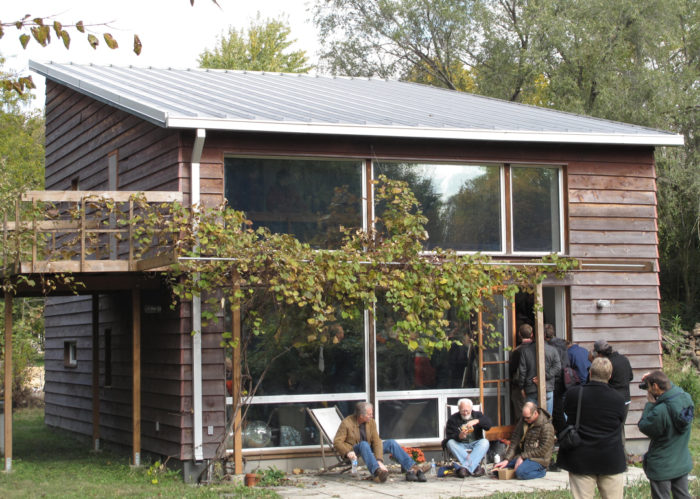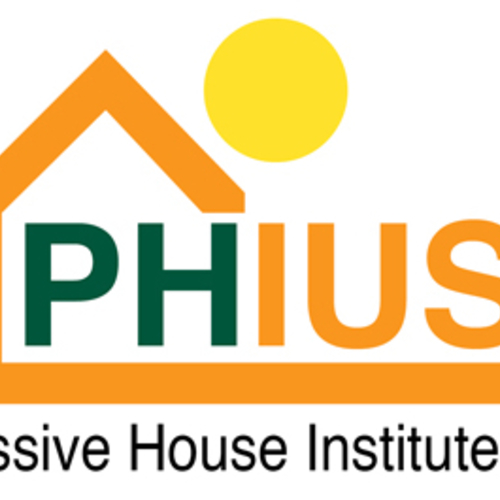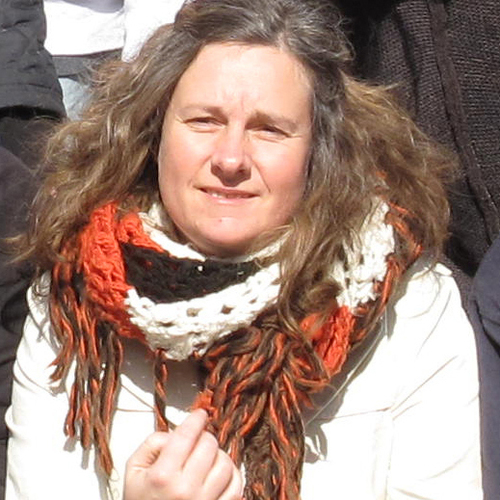
Image Credit: Martin Holladay
It seems fair to say the Passivhaus standard will be a source of debate for the foreseeable future.
Many people like its simplicity. Some believe its one-standard-fits-all approach to performance isn’t practical. Some argue that Passivhaus criteria—the 0.6 ach at 50pa airtightness requirement, say, or the 15kWh per sq. meter per year heating and cooling limits—are arbitrary and, relative to their potential energy-saving benefits, unnecessarily expensive to meet in extremely cold climates.
Others say the criteria not only are worth meeting, but are actually reasonable starting points that can eventually be surpassed, in almost any climate, as building techniques and materials advance.
So in January, when Passive House Institute U.S. director Katrin Klingenberg blogged that the PHIUS Tech Committee would examine data from 100 PHIUS projects certified so far and would field comments from the building community about possibly relaxing the Passivhaus standard for some projects in extremely cold climates, responses to the idea were predictably vigorous.
Fine tuning, or unnecessary alternations?
Mike Eliason, a certified Passive House consultant at Brute Force Collaborative in the Seattle area, told Environmental Building News that relaxing the standard “is not really going in the direction that we need to be going. I feel like we should be aiming for a set level of consumption that’s even more conservative than most Passive House houses that are certified.”
In a recent GBA blog post on the subject, Eliason added that “relaxing the standard in extreme climates also seems to give blessing to maintaining the status quo instead of addressing the structural problems of said extremes. Maybe any single-family home, Passivhaeuser included, in isolated, über-cold climates can’t truly ever be sustainable.”
Marc Rosenbaum, cofounder of Energysmiths, responded to Klingenberg’s blog by pointing out that adapting cost-benefit models to Passivhaus certification might not be practical because we can’t know the future cost of energy, and that cost would vary significantly from region to region.
Many others seem energized by the possibility that cost optimization could in some way factor into Passivhaus criteria and that refining the criteria (more than one person suggested combing the heating-and-cooling-demand criteria) could yield positive results without weakening the standard.
The Tech Committee isn’t expected to have a proposal ready for release until spring. The discussion, in any case, certainly won’t end if PHIUS does eventually modify its approach.
Weekly Newsletter
Get building science and energy efficiency advice, plus special offers, in your inbox.















One Comment
Better Solution
Why, if Austrians can execute Passivhaus, do we have to lower the bar for Americans? Why not just work to attract European windows, doors and building materials into the North American marketplace?
These are high performance homes. They're worth more because they work better, so they're worth the investment. This is the point we need to drive home. Eliason is right, dumbing down Passivhaus is not the answer...
Log in or create an account to post a comment.
Sign up Log in